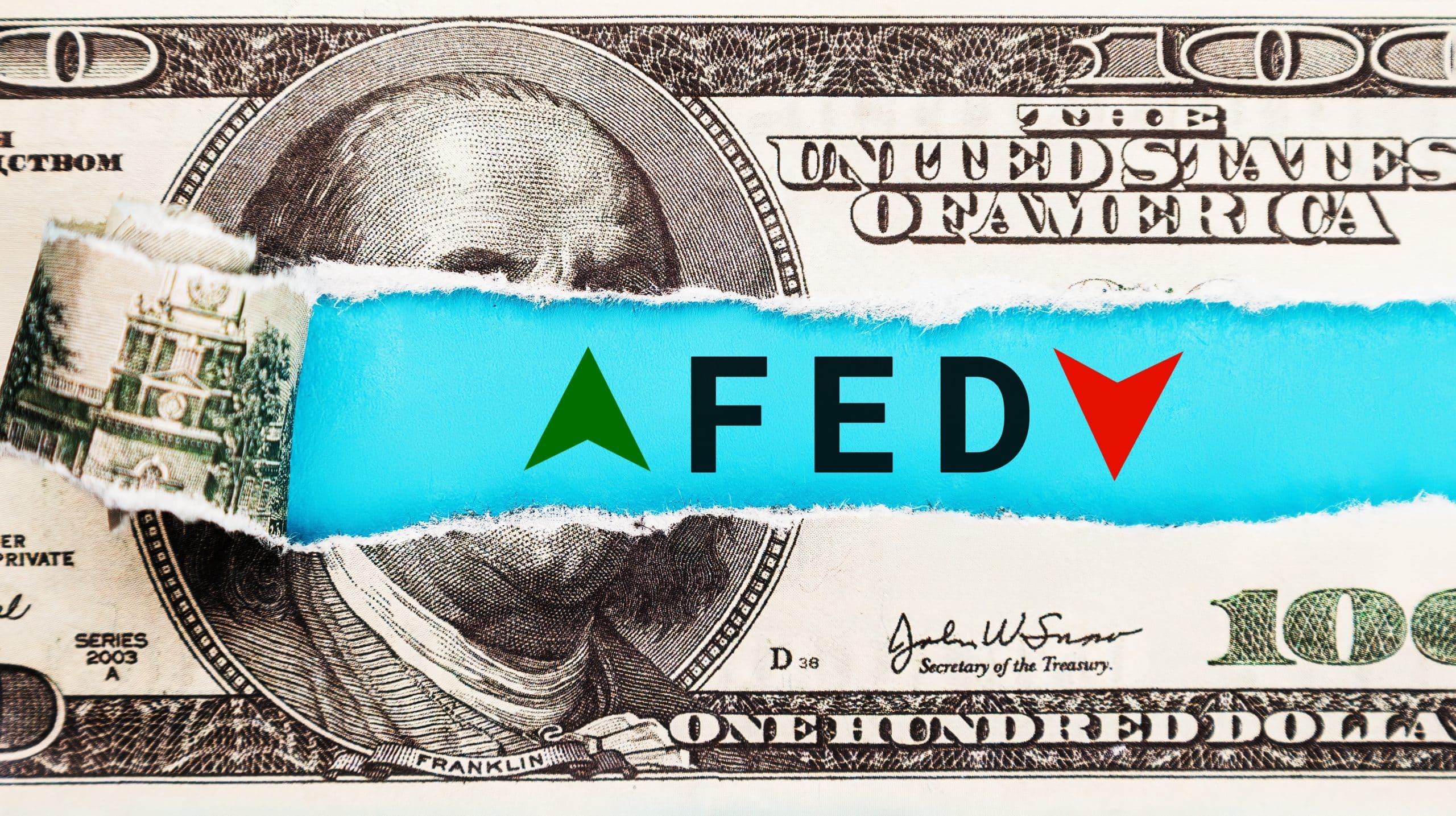Cautious Policy Versus Market Optimism
Recent commentary from Barclays has reignited the debate over whether financial markets are overestimating the likelihood and pace of U.S. interest rate cuts in 2025. Despite softer job growth in July and an unemployment rate creeping up to 4.2%, the bank maintains that Federal Reserve Chair Jerome Powell is unlikely to pivot sharply from his cautious stance. According to Barclays, market participants are misinterpreting the Fed’s assessment of labor market resilience and may be setting themselves up for disappointment.
Barclays projects just a single 25-basis-point cut in December, starkly contrasting with futures pricing that implies a September move and potentially more aggressive easing thereafter. This divergence underscores a broader question: are investors overly optimistic about how quickly the Fed will ease monetary conditions next year?
The Fed’s “Only Modestly Restrictive” Stance
Powell has described current monetary policy as “only modestly restrictive,” noting that the labor market remains “solid” despite signs of cooling. This framing suggests the Fed is not yet convinced that economic conditions justify front-loaded rate cuts. Even with the deceleration in job creation, Powell and other Federal Open Market Committee (FOMC) members appear aligned in maintaining a data-dependent approach, wary of declaring victory over inflation prematurely.
This measured tone has been a hallmark of Powell’s post-pandemic monetary strategy: avoid overreacting to short-term economic data, particularly when underlying inflation trends remain uncertain. For markets betting on an imminent pivot, this introduces a clear risk—namely, that the Fed could hold rates higher for longer than anticipated.
Why the Market May Be Getting Ahead of Itself
Several factors could explain why markets are pricing in faster and deeper cuts. First, investors have been conditioned by the past two decades—excluding the post-pandemic tightening—to expect swift policy reversals once growth moderates. Second, the current rate environment is already viewed by many as restrictive, raising expectations that the Fed will move quickly to avoid unnecessary economic damage. Third, global central bank behavior, particularly in Europe and parts of Asia, has created an impression that synchronized easing cycles are imminent.
However, these assumptions may not align with the Fed’s current inflation-fighting priorities. Persistent wage growth, sticky core services inflation, and the Fed’s desire to rebuild policy credibility all point to a more gradual path.
Risks of a Mispriced Policy Path
If the market is indeed misreading the Fed, the consequences could be significant. Overpriced rate-cut expectations tend to loosen financial conditions prematurely, fueling asset price inflation and potentially undermining the Fed’s policy objectives. This dynamic could force the Fed into a tougher stance later, potentially triggering volatility in both bond and equity markets.
On the other hand, if labor market weakness accelerates or inflation undershoots the Fed’s projections, the market’s current pricing could prove prescient. That would mean Barclays—and the Fed itself—might need to pivot more quickly than their current baseline suggests.
The September “Close Call” and Jackson Hole Watch
Barclays labels the September meeting as a “close call” but ultimately sees no compelling evidence that hawkish FOMC members are shifting toward a near-term cut. Attention will now turn to Powell’s remarks at the Jackson Hole symposium, where any subtle shifts in tone could recalibrate expectations for 2025’s policy trajectory.
The market’s reaction to that event will serve as a litmus test for whether investor optimism is rooted in realistic assessments—or if it is another case of wishful thinking clashing with the Fed’s deliberate pace.
Bottom Line
The tug-of-war between market expectations and the Fed’s stated caution is likely to define monetary policy debates well into 2025. If Barclays is correct, the current futures curve is too aggressive, and rate relief will arrive later and in smaller doses than traders anticipate. But if the economy slows more rapidly, the Fed may be forced to align more closely with market pricing. For now, the smart money is on a patient Fed—one that will not be swayed by short-term noise, no matter how loudly markets demand action.
Comparison, examination, and analysis between investment houses
Leave your details, and an expert from our team will get back to you as soon as possible
* This article, in whole or in part, does not contain any promise of investment returns, nor does it constitute professional advice to make investments in any particular field.
To read more about the full disclaimer, click here- Lior mor
- •
- 5 Min Read
- •
- ago 3 minutes
 China’s July Data Misses Across the Board, Highlighting Broad-Based Economic Slowdown
China’s July Data Misses Across the Board, Highlighting Broad-Based Economic Slowdown
China’s latest economic figures for July present a challenging macroeconomic picture, with all major indicators — fixed asset investment, industrial
- ago 3 minutes
- •
- 5 Min Read
China’s latest economic figures for July present a challenging macroeconomic picture, with all major indicators — fixed asset investment, industrial
- Ronny Mor
- •
- 11 Min Read
- •
- ago 1 hour
 Shein’s UK Surge: £2.05 Billion in 2024 Sales Fuels Momentum Ahead of Hong Kong IPO
Shein’s UK Surge: £2.05 Billion in 2024 Sales Fuels Momentum Ahead of Hong Kong IPO
Shein, the China-founded and Singapore-headquartered fast-fashion giant, has delivered another year of impressive growth in the UK. Sales in 2024
- ago 1 hour
- •
- 11 Min Read
Shein, the China-founded and Singapore-headquartered fast-fashion giant, has delivered another year of impressive growth in the UK. Sales in 2024
- Lior mor
- •
- 12 Min Read
- •
- ago 2 hours
 Michael Saylor Bets on a $100 Billion Bitcoin ‘Credit’ Dream
Michael Saylor Bets on a $100 Billion Bitcoin ‘Credit’ Dream
Michael Saylor, the co-founder and executive chairman of MicroStrategy, has become a prominent advocate for Bitcoin. Recently, he has generated
- ago 2 hours
- •
- 12 Min Read
Michael Saylor, the co-founder and executive chairman of MicroStrategy, has become a prominent advocate for Bitcoin. Recently, he has generated
- orshu
- •
- 10 Min Read
- •
- ago 2 hours
 European Markets Close Mostly Higher as Currency Strength Supports Investor Optimism
European Markets Close Mostly Higher as Currency Strength Supports Investor Optimism
European equities ended the latest trading session on a generally positive note, with most major indices advancing as investors reacted
- ago 2 hours
- •
- 10 Min Read
European equities ended the latest trading session on a generally positive note, with most major indices advancing as investors reacted












